During my two-day visit to Oslo, there was one place that delighted me more than anything else. And that was the Norwegian Museum of Cultural History. Also known as the Norwegian Folk Museum, this open-air museum dates back to 1894. The Norsk Folkemuseum incorporates over 150 buildings resettled from town and rural areas, all of them presenting various interiors from the 19th and 20th centuries.

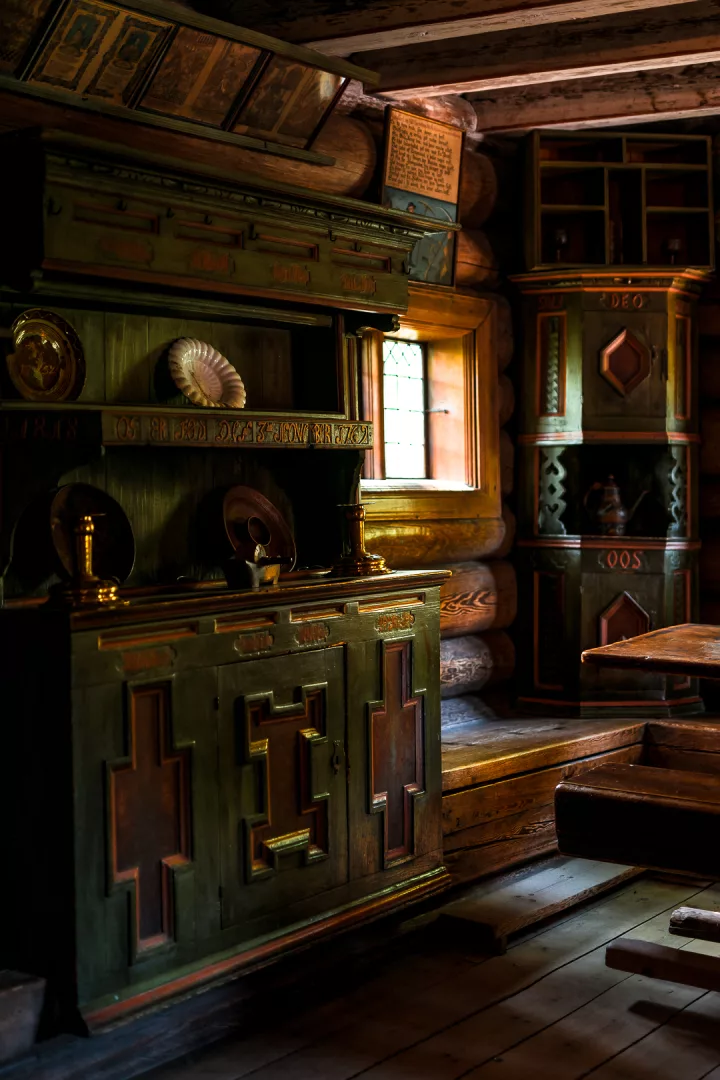
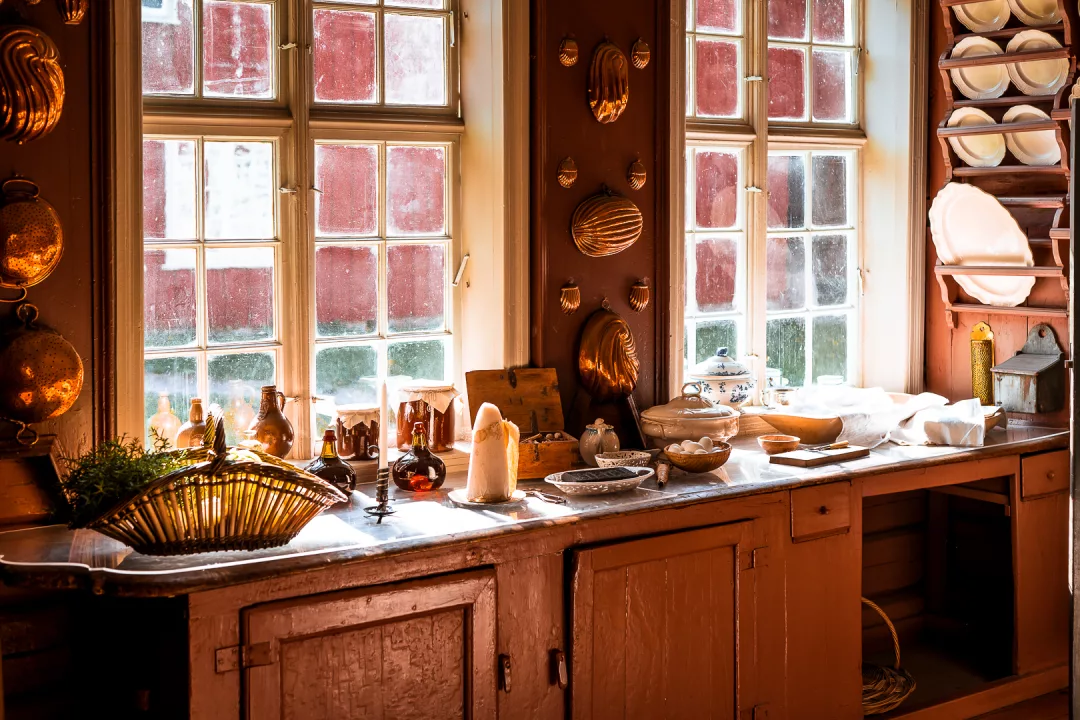
Situated on the Bygdoy peninsula, the museum is only a bus ride away from the city center. Personally, it was my favorite thing about visiting Oslo. So it goes without saying that this would be my number one recommendation for Oslo. I spent 2,5 hours on its grounds and let me tell you, even that felt rushed!

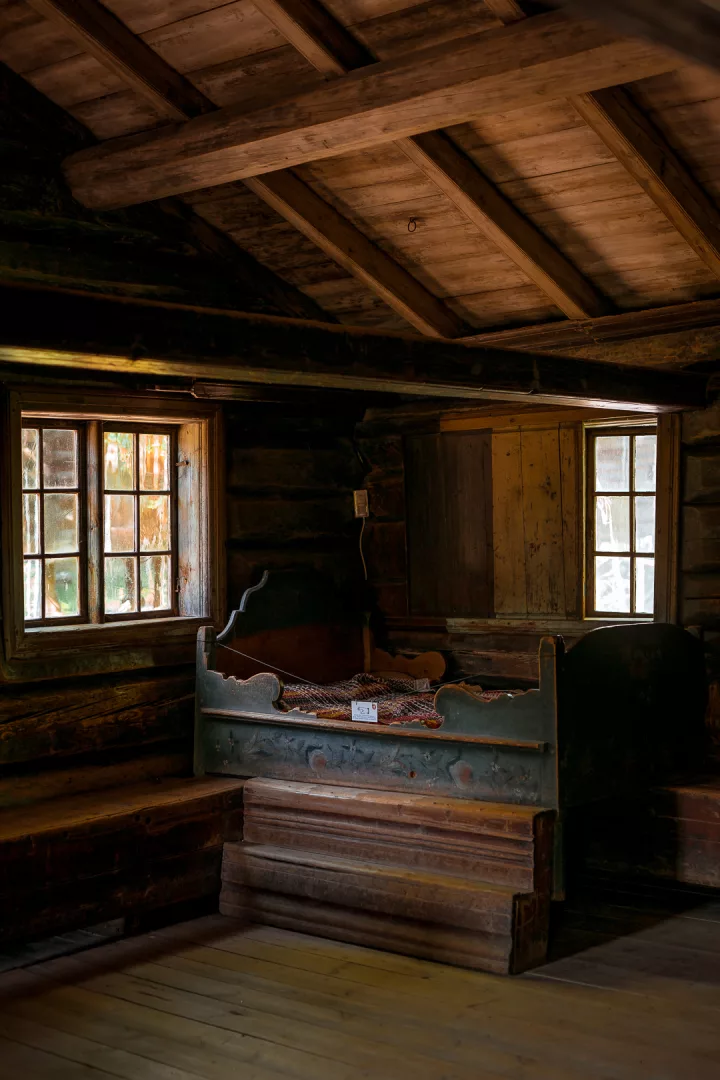

The Norwegian Museum of Cultural History consists of a few different places, all connected to one another. Aside from the open-air museum, you’ll find plenty of exhibitions indoors. Focused on Norwegian culture, art, costumes, and Sami culture, these exhibitions are quite interesting.

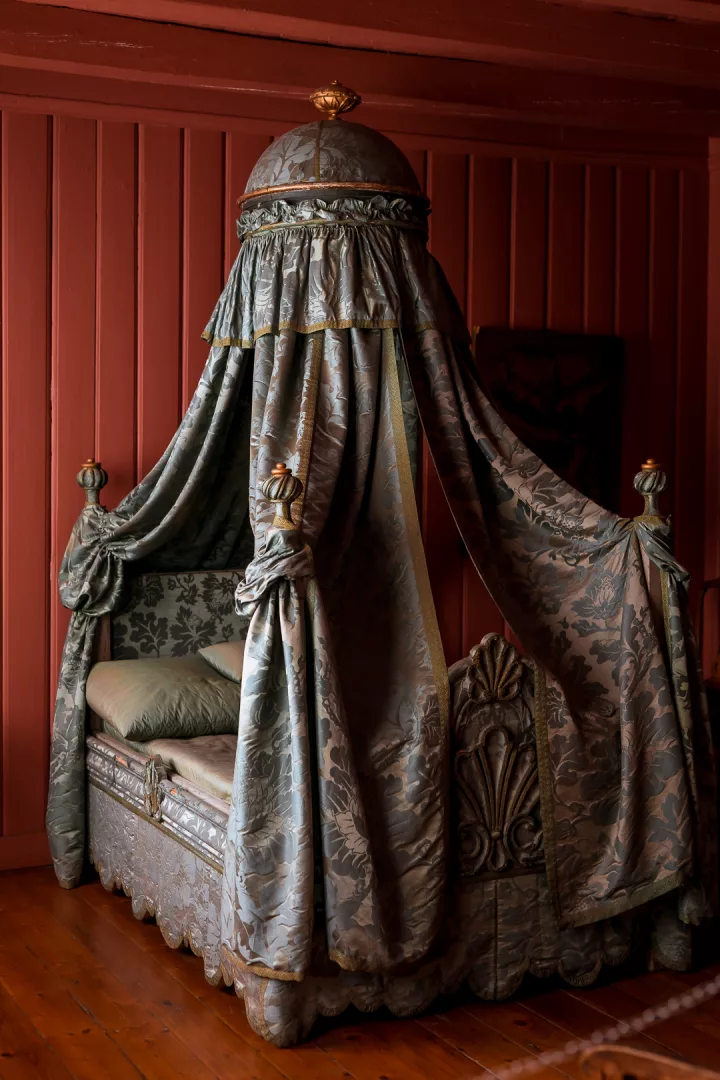

While at the Norwegian Folk Museum, I felt like I had traveled back in time. Every single aspect of this place feels authentic. Many of the buildings inside the open-air museum are open, inviting you to take a peek. Whether it’s a farmhouse, a barn, a drying kiln, or a storehouse, many of them are free for you to enter. I loved that detail because it made the visit more interactive.



The most fascinating part of the visit is seeing people in costume in specific areas. During your visit, you’ll spot many museum hosts in traditional costumes. Sometimes I would stumble upon them sitting on a window, busy with work or in conversation with someone. It was as if a baroque painting had come to life in front of my eyes. Even more so because the day was sunny which created an intense contrast with the darkly-lit farmhouses.

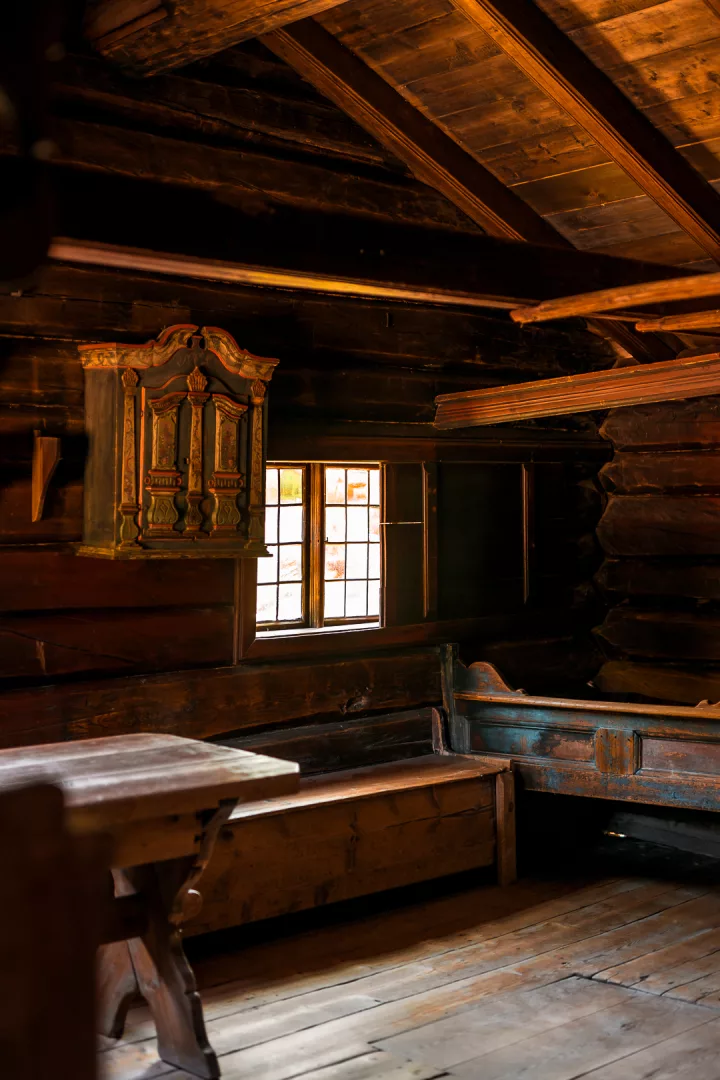


As if that wasn’t enough, you’ll encounter many demonstrations and experiences. Starting from guided tours, baking of traditional lefse, stories on everyday life in the 1910s, fairy tales in Norwegian and English, and traditional crafts like forging and whittling, there is something for everyone. The calendar changes depending on the seasons with different and season-appropriate activities!

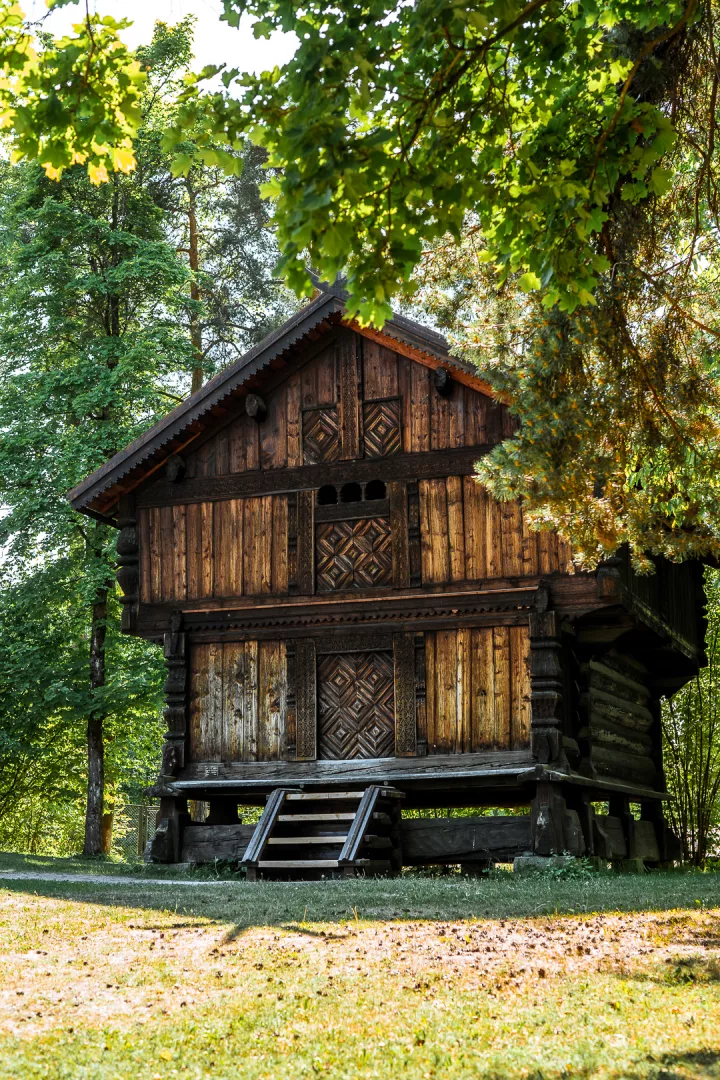

Since the open-air museum area is so big, there was a bit of climbing and lots of swerving around, hoping I wasn’t missing anything. I made an active effort to soak it all in. To watch the animals grazing in the fields or women carrying pails of water for the horses. The atmosphere of bygone days still feels alive in this place and it’s just so enchanting!



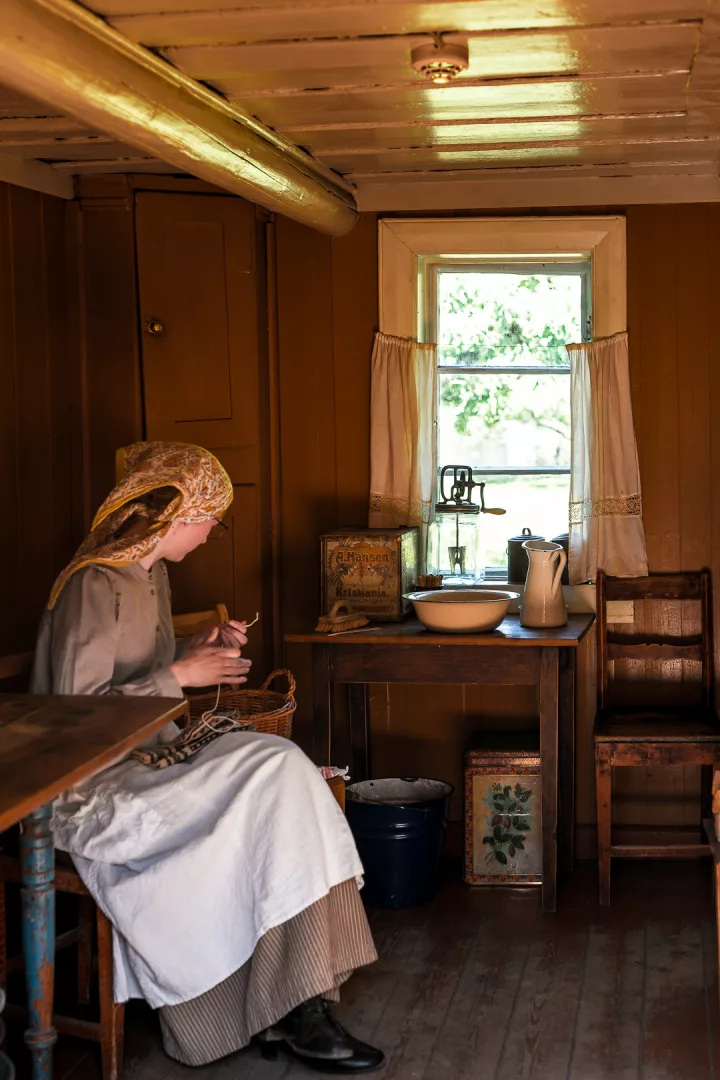
The most famous sight at the Norwegian Museum of Cultural History is the Stave Church from Gol. This magnificent edifice is a restoration of a church from the 1200s. In essence, the church was moved from Gol to Bygdoy. Once there, they re-erected it and restored it to its original look from the 13th century. In general, Stave churches were medieval wooden Christian churches. Once widespread all over Europe, today there are mostly present in Norway. To be precise, 28 historical stave churches are still standing in Norway today.
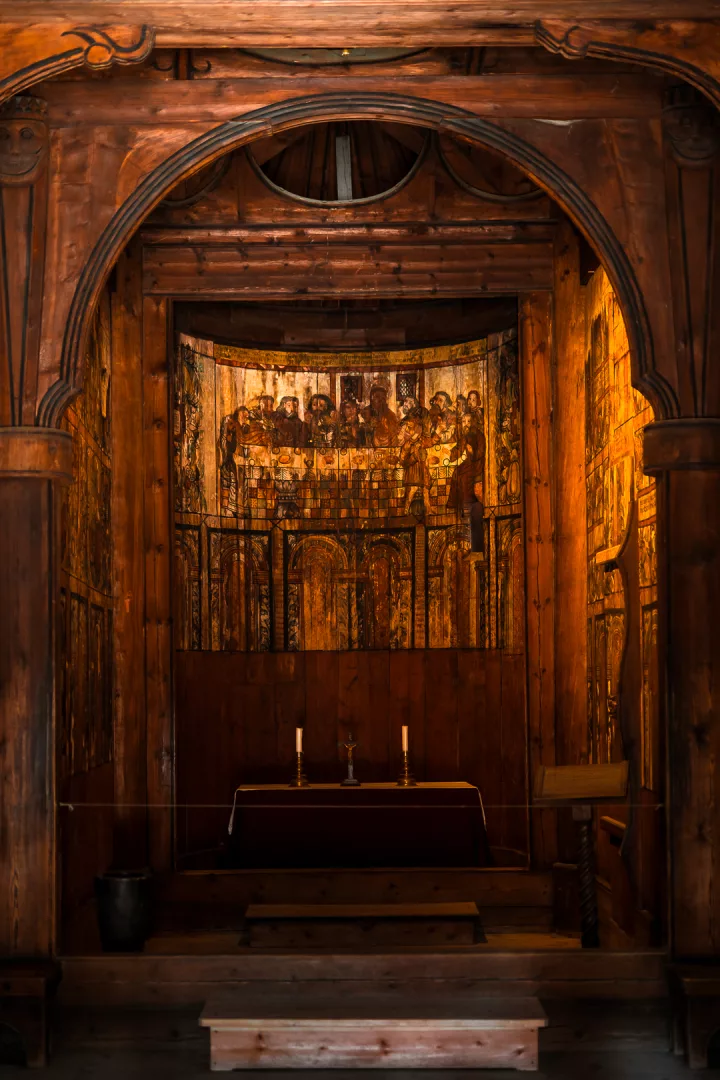

Like all of them, the Gol Stave Church is also an elaborate wooden construction. The stunning exterior details embellish the typical multiple-tier roof. This unique roofing system is what makes stave churches so recognizable. It gives them a dreamy look that is hard to find in the exteriors of most churches. In addition, the carving details and a painted mural in the church interior are equally impressive.

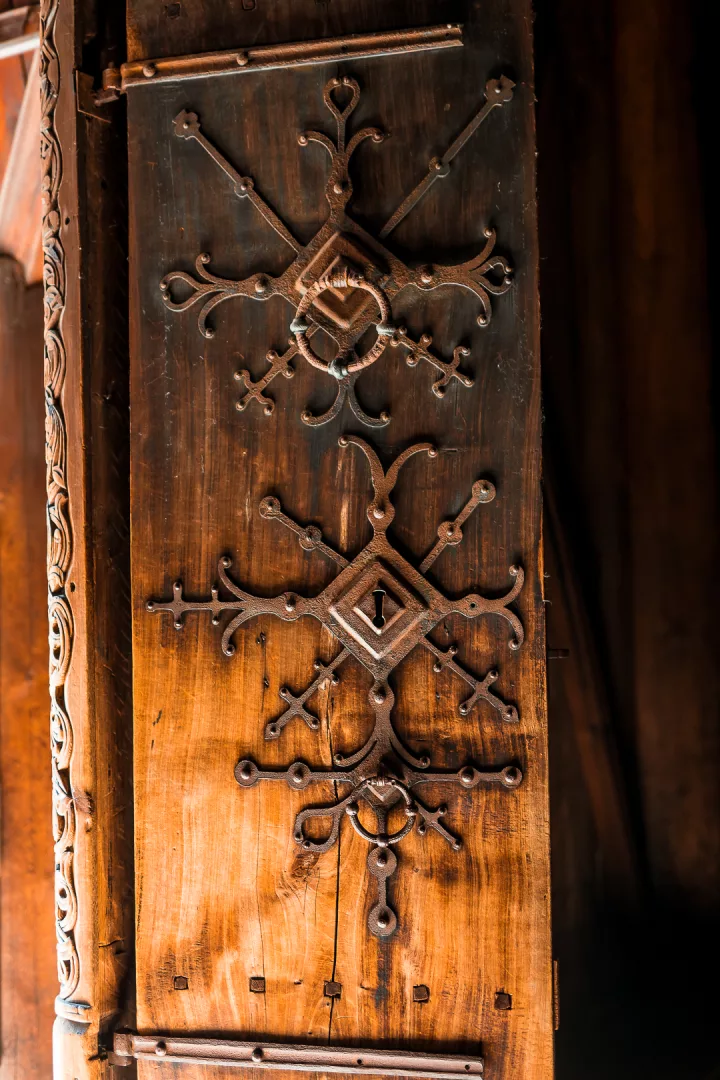

Aside from this beautiful church, the museum has five other medieval buildings. One of them is a farmhouse from Sore Rauland dating back to 1240. It’s incredibly impressive that a wooden house that old is still standing! However, even the younger structures look gorgeous and the wood carvings are splendid.


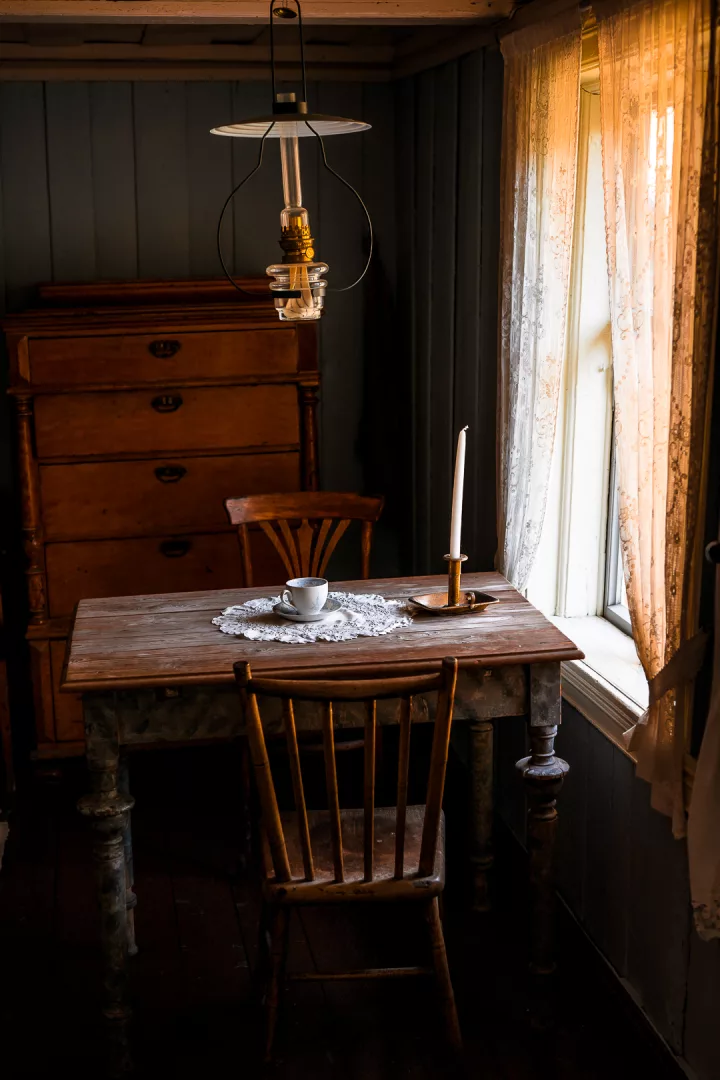
Apart from all the charming farmsteads, a part of the museum is a cute Old Town. Cobblestone streets and buildings from the 17th and 19th centuries made me feel like I had walked onto a movie set. That feeling only intensified as I walked into a candy store, a local bank, and a pharmacy, all period-accurate. It was as if someone had frozen these rooms in time. and it was utterly magical.

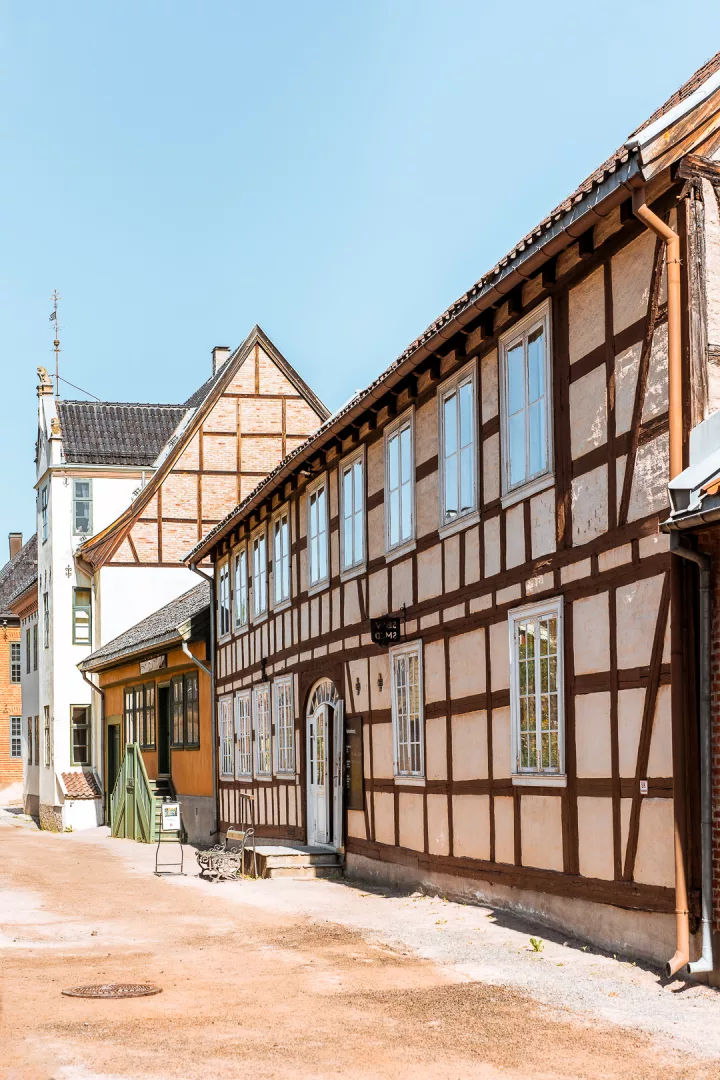

On top of all that, you can enter a 19th-century townhouse and roam around. Inside you’ll find eight different apartments on three separate floors. Since I have an obsession with the 1930s, my personal favorite was the one depicting a 1935 flat of a single woman. Likewise, a reconstructed gas station from the 1920s made for a really interesting sight.


Right next to the Old Town are the suburbs, featuring houses from the 17th century. Picture colorful wooden homes characteristical for rural Norway! The museum was nearing its closing time as I strolled through streets lined with pretty houses. I can’t tell you how much I loved being completely alone there. I felt like I had wandered off into a past universe or something!


All in all, the Norwegian Museum of Cultural History is a magnificent place where you can easily spend the whole afternoon. There’s no better way to learn about Norwegian culture through history than by diving into those actual worlds. Stepping back in time is such an engaging way to visit a museum. One thing is for sure, I can’t wait to revisit it during Christmastime!



Brigita Soldo
Travel Photographer · Creative Content Creator · Vintage & Sustainable Fashion Advocate
[…] group, there are some unique experiences to be had in Norway during the winter months. Visit the Norwegian Museum of Cultural History to see if you can spot Fjøsnissen, the Norwegian Santa, carving wooden toys in the barn or playing […]